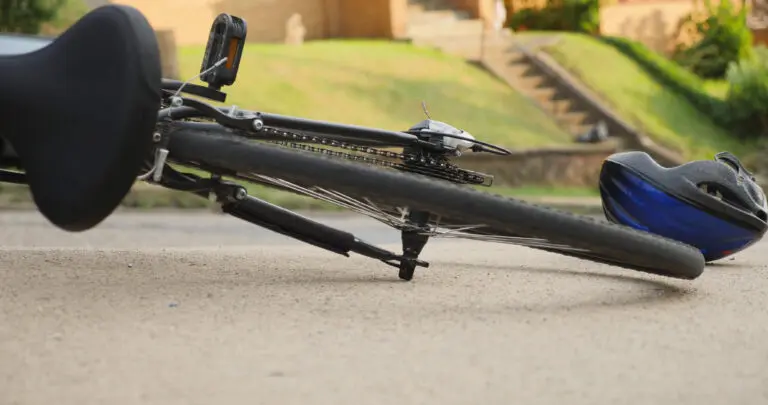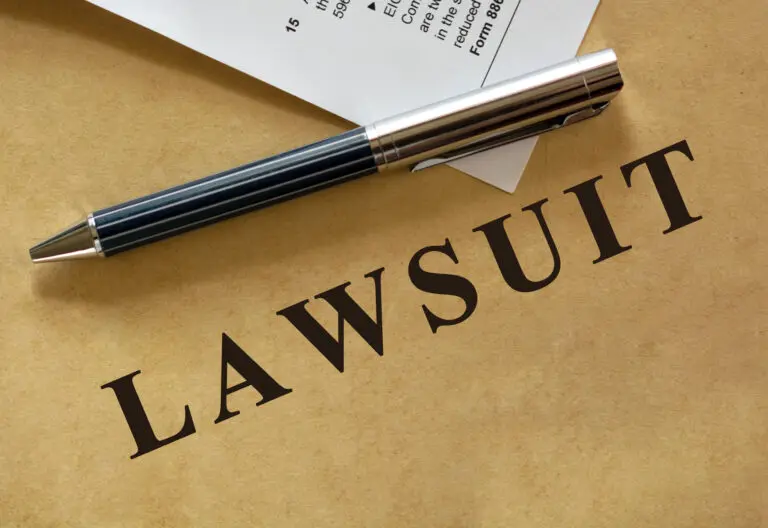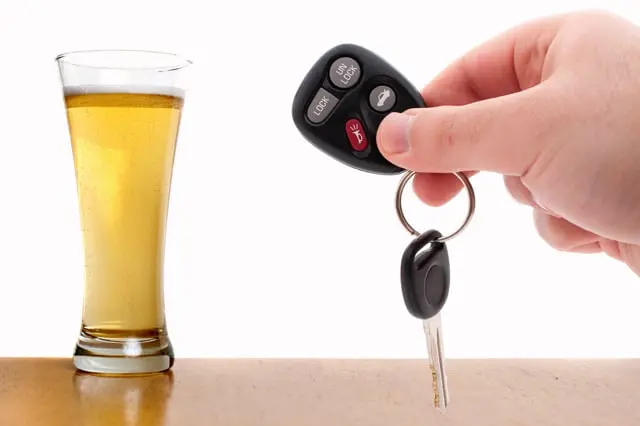Filing a demanda por lesiones personales is a crucial step in seeking compensation for injuries caused by someone else’s negligence. However, there is a time limit within which you can file this claim. This deadline is known as the prescripción, and it varies depending on the state and the type of injury or damage. Understanding how much time you have to bring a lawsuit is essential, as missing the deadline can result in the loss of your right to pursue compensation.
In this article, we will explore the time limits for filing a demanda por lesiones personales, explain how the prescripción works, and discuss what factors might extend or reduce the time you have to file a lawsuit.
What Is a Statute of Limitations?
En prescripción refers to the legal time frame within which you must file a lawsuit after suffering a personal injury. This time frame varies depending on the type of claim and the state in which the injury occurred. The purpose of the statute of limitations is to ensure that lawsuits are filed in a timely manner when evidence is still available, and witnesses’ memories are fresh.
In personal injury cases, the statute of limitations typically ranges from one to six years, depending on the state. For example, in California, you have two years from the date of the injury to file a personal injury lawsuit. If you fail to file within this period, the court may refuse to hear your case, and you will lose your right to seek compensation.
There are some exceptions to the statute of limitations, which we will discuss later in the article, but it is important to act quickly once you realize you have suffered an injury due to someone else’s negligence.
Statute of Limitations for Different Types of Personal Injury Cases
Different types of reclamaciones por daños personales have different statutes of limitations. While this article focuses primarily on general personal injury claims, it’s important to understand that the deadline for filing a lawsuit can change depending on the specifics of the case.
Accidentes de tráfico
Car accidents are one of the most common types of casos de lesiones personales. In most states, the statute of limitations for car accidents ranges from two to three years. For example, in Florida, you typically have four years to file a personal injury lawsuit for damages resulting from a car accident.
However, the clock starts ticking from the date of the accident, not when you begin to experience the effects of your injuries. Therefore, it is crucial to get medical attention immediately following the accident and consult with a abogado de lesiones personales to ensure you file within the required time frame.
Negligencias médicas
Negligencia médica claims, which involve injuries caused by healthcare providers’ negligence, often have shorter statutes of limitations than general personal injury claims. In many states, the statute of limitations for medical malpractice cases is two years from the date the injury occurred or was discovered.
However, medical malpractice claims often include complex factors, such as discovering the injury well after the negligent treatment occurred. Therefore, many states provide a “discovery rule” that allows the statute of limitations to begin at the point when the injured party reasonably should have discovered the injury.
Slip and Fall Accidents
Slip and fall accidents fall under the broader category of premises liability claims. These occur when a property owner’s negligence results in a hazardous condition that causes injury. The statute of limitations for slip and fall accidents typically ranges from one to four years, depending on the state.
For example, in Texas, you have two years to file a lawsuit after a slip and fall accident. As with other personal injury claims, the statute of limitations begins on the date the injury occurs. If you believe your injury was caused by unsafe conditions on someone else’s property, it’s crucial to consult with a abogado de lesiones personales to ensure your case is filed in time.
Exceptions to the Statute of Limitations
While the prescripción is generally strict, there are some exceptions that can extend or pause the time frame within which you must file a lawsuit. These exceptions are known as “tolling” and can apply in a variety of circumstances.
The Discovery Rule
One of the most common exceptions to the statute of limitations is the discovery rule. This rule applies when the injured party does not immediately realize they have been harmed. For example, if a medical error results in an internal injury that isn’t discovered until months later, the statute of limitations may begin at the time of discovery rather than the date of the incident.
The discovery rule is especially important in medical malpractice cases or cases where injuries are not immediately apparent. However, it is crucial to act quickly once you discover the injury, as there may still be a limited time to file the lawsuit.
Minors and Legal Incapacity
In cases where the injured party is a minor or legally incapacitated, the statute of limitations may be paused until they are legally able to file a lawsuit. For example, if a child suffers a personal injury, the statute of limitations may not begin until they reach the age of majority, which is typically 18 years old.
Similarly, if the injured party is mentally incapacitated at the time of the injury, the statute of limitations may be paused until they regain the legal capacity to file a lawsuit.
Defendants Fleeing the State
In some cases, the statute of limitations may be paused if the person responsible for the injury leaves the state or attempts to hide to avoid legal responsibility. This exception, known as “tolling for absence,” allows the injured party more time to file a lawsuit once the defendant returns or is located. The purpose of this exception is to prevent defendants from escaping liability by leaving the jurisdiction where the injury occurred.
Why It’s Important to Act Quickly in Personal Injury Cases
Even though you may have years to file a demanda por lesiones personales depending on the statute of limitations, it’s essential to act quickly. There are several reasons why prompt action is critical in personal injury cases.
Preserving Evidence
The sooner you begin the legal process, the better chance you have of preserving crucial evidence. Witnesses’ memories may fade over time, and physical evidence could be lost or destroyed. Acting quickly ensures that your attorney can gather evidence while it’s still fresh, which can significantly strengthen your case.
Construir un caso sólido
Personal injury cases often require extensive legal work, including gathering medical records, consulting with expert witnesses, and negotiating with insurance companies. By acting promptly, you give your abogado de lesiones personales more time to build a strong case and negotiate a fair settlement.
Avoiding Statute of Limitations Issues
Filing too close to the statute of limitations deadline can create unnecessary stress and may leave your attorney with limited time to prepare your case. If you miss the deadline, you could lose your right to pursue compensation entirely. By filing early, you avoid the risk of missing the statute of limitations and ensure that your case is handled efficiently.
What Happens If You Miss the Statute of Limitations?
If you fail to file your demanda por lesiones personales within the statute of limitations, you may lose your right to pursue compensation. In most cases, courts will dismiss your claim if it’s filed after the deadline has passed, regardless of the severity of your injuries or the strength of your case.
There are some rare exceptions where courts may allow a lawsuit to proceed despite missing the statute of limitations. However, these exceptions are uncommon and generally only apply in cases of fraud, misrepresentation, or other extraordinary circumstances. It’s always best to file within the statute of limitations to avoid the risk of your case being dismissed.
How a Personal Injury Lawyer Can Help
Navegar por la prescripción and other legal deadlines can be complicated, especially if you are dealing with a serious injury. Hiring a abogado de lesiones personales is one of the best ways to ensure that your case is filed correctly and on time.
A personal injury lawyer can help by:
- Determining the statute of limitations for your specific case and jurisdiction.
- Investigating your case to identify key evidence and witnesses.
- Filing all necessary paperwork with the court and meeting legal deadlines.
- Negotiating with insurance companies to ensure you receive fair compensation.
Personal injury lawyers have the knowledge and experience to navigate the complex legal system and advocate on your behalf, giving you peace of mind and allowing you to focus on recovering from your injuries.
Common Personal Injury Lawsuits and Their Statutes of Limitations
To provide a better understanding of the time frames associated with different types of personal injury claims, let’s review some of the most common personal injury lawsuits and their statutes of limitations.
Product Liability
Product liability cases involve injuries caused by defective or dangerous products. The statute of limitations for product liability claims typically ranges from two to four years, depending on the state.
For example, if you were injured by a faulty appliance in California, you would have two years from the date of the injury to file a lawsuit. However, the discovery rule may apply in cases where the injury is not immediately apparent, allowing you to file a claim once you realize the product caused harm.
Workplace Injuries
Workplace injuries often fall under workers’ compensation laws, which have their own set of filing deadlines. However, if a third party (such as a manufacturer or contractor) is responsible for your workplace injury, you may have grounds for a personal injury lawsuit. In such cases, the statute of limitations for filing a third-party lawsuit may be shorter than the workers’ compensation claim deadline, often two to three years.
Dog Bites
Dog bites and other animal attacks fall under derecho de daños personales, and the statute of limitations for filing a lawsuit varies by state. In many states, such as California, the statute of limitations for dog bite claims is two years. If you or a loved one has been injured by a dog or other domestic animal, it’s important to file a claim promptly to ensure your right to compensation.
Conclusion: Don’t Delay in Filing Your Personal Injury Lawsuit
Understanding how long you have to bring a lawsuit for personal injuries is crucial to protecting your right to compensation. The prescripción varies depending on the type of injury and the state in which it occurred, but in most cases, you’ll need to act within two to four years.
By filing your reclamación por daños personales as soon as possible, you preserve your evidence, build a stronger case, and ensure that your case is handled within the legal deadlines. Whether you’ve been injured in a car accident, suffered from medical malpractice, or were harmed by a defective product, working with a abogado de lesiones personales can help you navigate the legal process and achieve the best possible outcome for your case.









